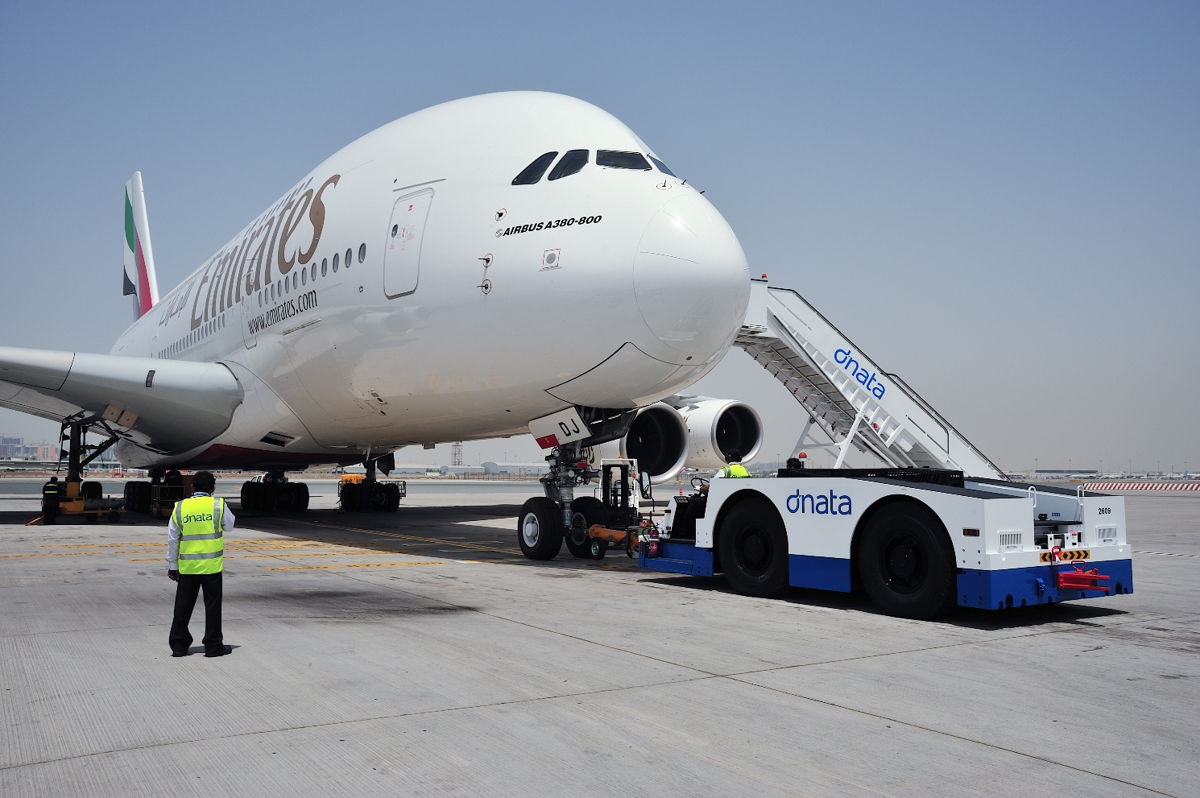Emirates Airline’s first-half profit soared 282 percent compared to a year ago as it redeployed aircraft, cut costs and demand for its products boosted load factors and margins.
Lower fuel costs and a 7 percent reduction in capacity also helped drive the $US235 million half-year profit.
A 13 percent fall in fuel costs was due largely to a fall in oil prices as well as lower fuel uplift as a result of reduced capacity during a 45-day runway shutdown at the carrier’s Dubai hub.
READ: Qatar and IndiGo plan further co-operation.
Revenue fell 3 percent to $US13.3 billion as traffic, as measured in revenue passenger kilometres, dropped 2 percent and freight was hit by the tough business environment.
The airline carried 29.6 million passengers in the six months to September 30 but managed to pack more of them into each flight, boosting its passenger load factor by 2.3 points to 81.1 percent.
The airline’s profit uptick contributed to an 8 percent increase in Emirates Group profit, which includes dnata, to $US320m.
A 2 percent fall in group revenue was attributed to the 45-day runway closure at Dubai as well as unfavorable currency movements in Europe, Australia, South Africa, India and Pakistan.
Describing the first half-performance as “steady and positive”, Emirates chief executive Sheikh Ahmed bin Saeed Al Maktoum said the outlook was difficult to predict.
However, he expected the airline and travel industry to continue facing headwinds over the next six months with stiff competition adding downward pressure on margins.
“As a group, we remain focussed on developing our business, and we will continue to invest in new capabilities that empower our people, and enable us to offer even better products, services, and experiences for our customers,’’ he said.
Emirates received three Airbus A380s in the first six months of 2019-20 and has three more new aircraft coming before the end of the financial year.
It retired six aircraft and expects two more to leave before March 31. As of September 30, its fleet stood at 267 aircraft including freighters.
It added two routes —Dubai-Bangkok-Phnom Penh, and Dubai-Porto (Portugal) — and its network spanned 158 destinations in 84 countries at the end of the first half.
























